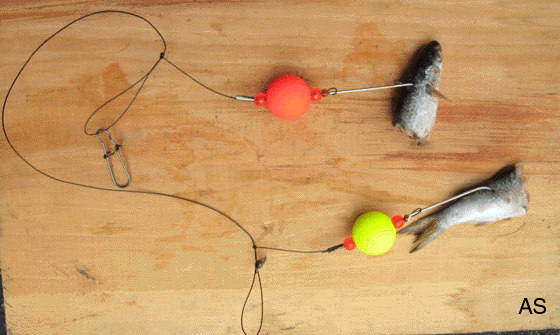

For species with only a bag limit like bluefish you just have to obtain them with legal methods and kill no more than the legal limit. However, species with minimum size limits (scup, fluke) may need to remain intact to some degree so their size can be verified. You want to do your best to present your fly like a baitfish that is in the wrong place at the wrong time.Generally speaking, anything that was caught and kept legally can then be used as bait. Even if they aren’t actively busting, keep blind casting because they’re still around and hungry. When you find a school, the best thing you can do is to keep your fly in the water. Photo: James Manning Tips:īlues will feed just about anywhere, in rips, inlets, harbors, and open water. Also, a quick safety excliamer treat these fish with respect, use pliers to unhook them and keep your hands away from their head while holding them, they will have no problem taking off a finger. There is nothing worse than losing a really nice Striper fly to a pack of Blues, so if there is suspicion of Bluefish in the area, spend the extra fifteen seconds and tie on a wire leader and a fly your ok with loosing, and have a blast. I’ve even heard of people gluing strips of their t-shirt to a hook and landing monster blues. I typically use all-white Clousers, Deceivers, or just clumps of bucktail tied to a hook. Bluefish are NOT picky eaters at all and they will tear any fly apart after about two hookups. Another thing I cannot stress more is that you use cheap, simple flies. If you just keep a spool of tie-able wire leader in 20lb, you will be set for Blues. They will rip through any mono or fluoro below 80Lb test. If you didn’t get it from the previous description, Bluefish have insanely sharp teeth paired with crazy strong jaws. The two most important things you can have for flyfishing for Bluefish are cheap flies and wire leader. Your Bluefish setup should be the same as your Striper setup my Bluefish recommendations are also what I would recommend for Striped Bass. Since a lot of fly fishing for Bluefish is done in blitzes, you can get away with a floating line but I would still recommend an intermediate line so you could more effectively fish rips and get the fly down when needed. Party sized Gear:īluefish can grow up to 20Lbs, and already are strong fighters, so I would recommend an 8-9wt rod paired with a large arbor reel with plenty of backing and drag. When Bluefish annihilate a school of silversides, sand eels, or bunker, the smell of all the diced up bait particles actually does smell like watermelon, so watch out for that.

Now, this seems completely crazy BUT, hear me out. Also, there’s an old New England Fishermans tip that if you smell watermelon, Bluefish are around. The birds plunge into the water, baitfish are flying in every direction, and the Bluefish are crashing the surface in the sort of furious chaos that ultimately leaves fly lines tangled around feet, and not in the water. Once the Bluefish do this, all hell breaks loose. Popular artificial lures include spoons, jigs, and plugs. For live bait, small fish or strips of fresh-cut bait are usually the best choices. A pencil popper is really a surface slider that makes a subtle splash. When fishing sheltered bays and sounds, or when the ocean beaches are calm, look for bluefish to roam, hunting for food. Different anglers have their own personal preferences, but there are a few baits that tend to work better than others. When bluefish are feeding on sand eels, silversides, bay anchovies or other small baitfish, pencil poppers are a good lure choice.

Seabirds, Terns specifically, will follow schools of Bluefish and Stripers waiting for them to chase large schools of baitfish to the surface. As we mentioned, there is no one perfect bait for bluefish. If you know Bluefish are in your area, the best way to find them is to look for birds. If you were a baitfish, this view would be less than ideal Photo: James Manning Where to find them:


 0 kommentar(er)
0 kommentar(er)
